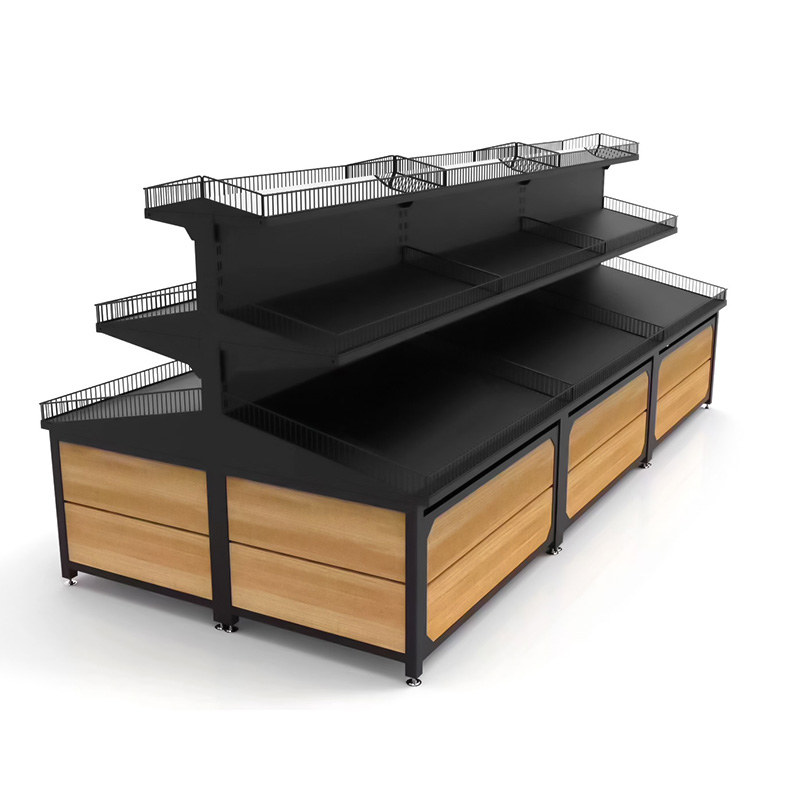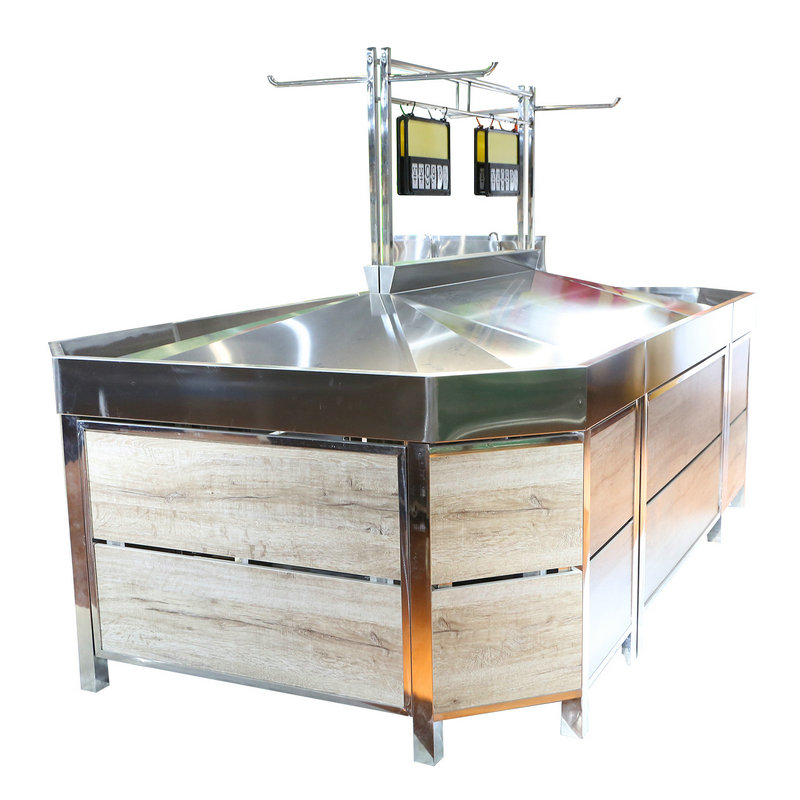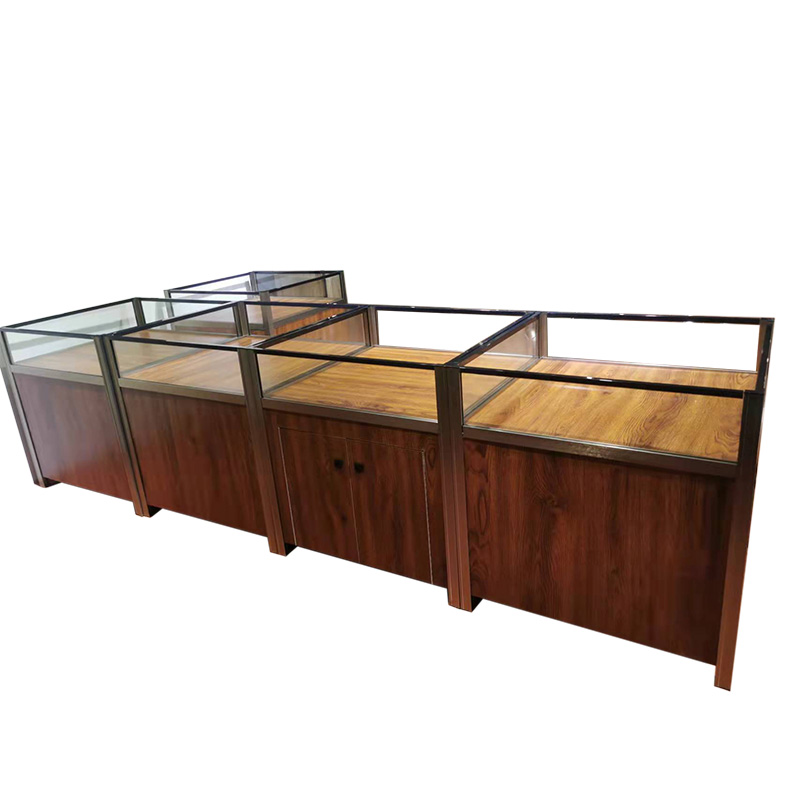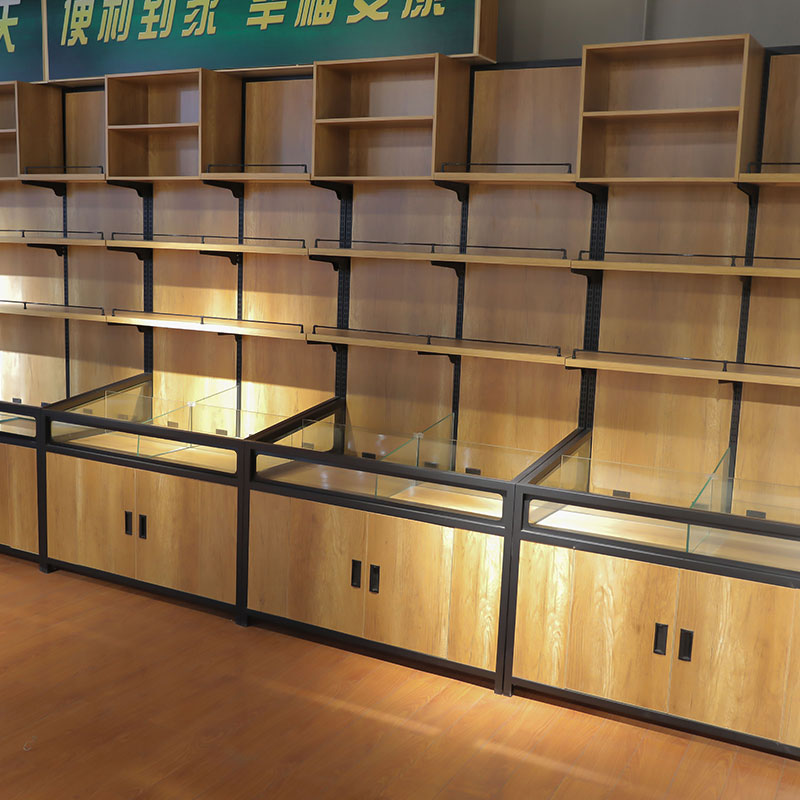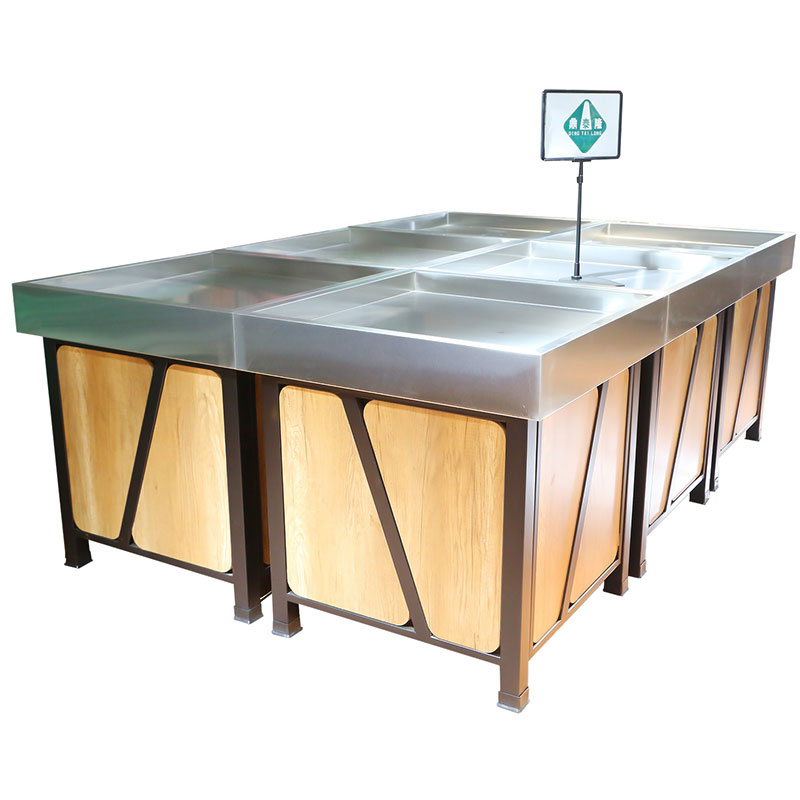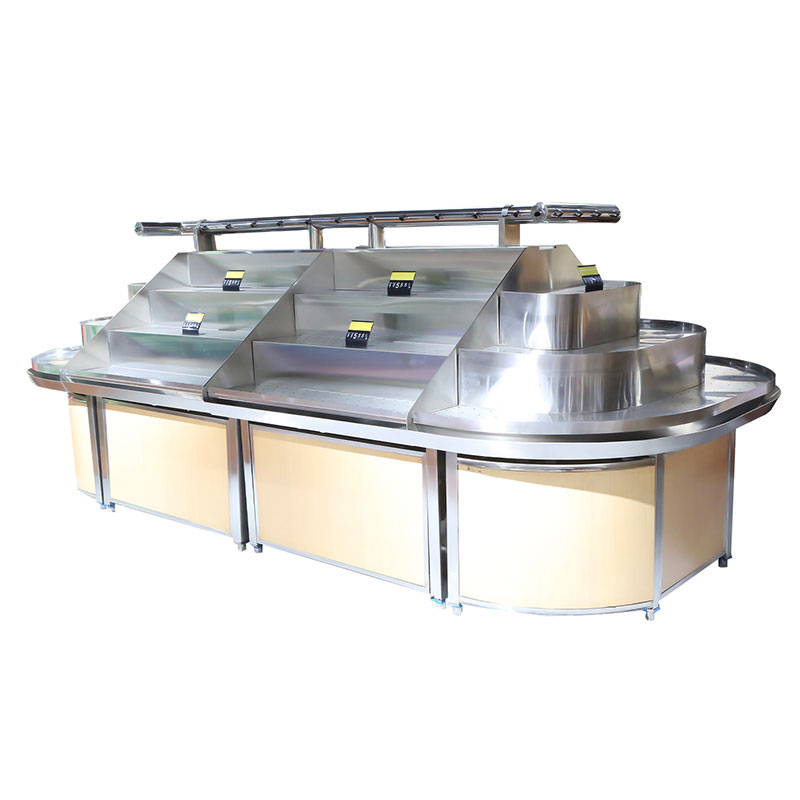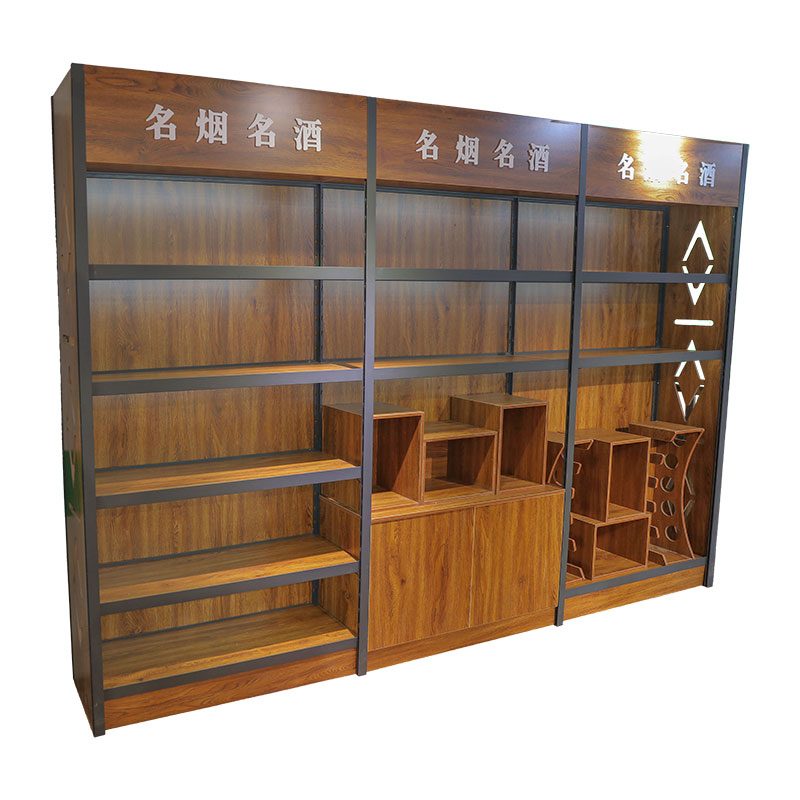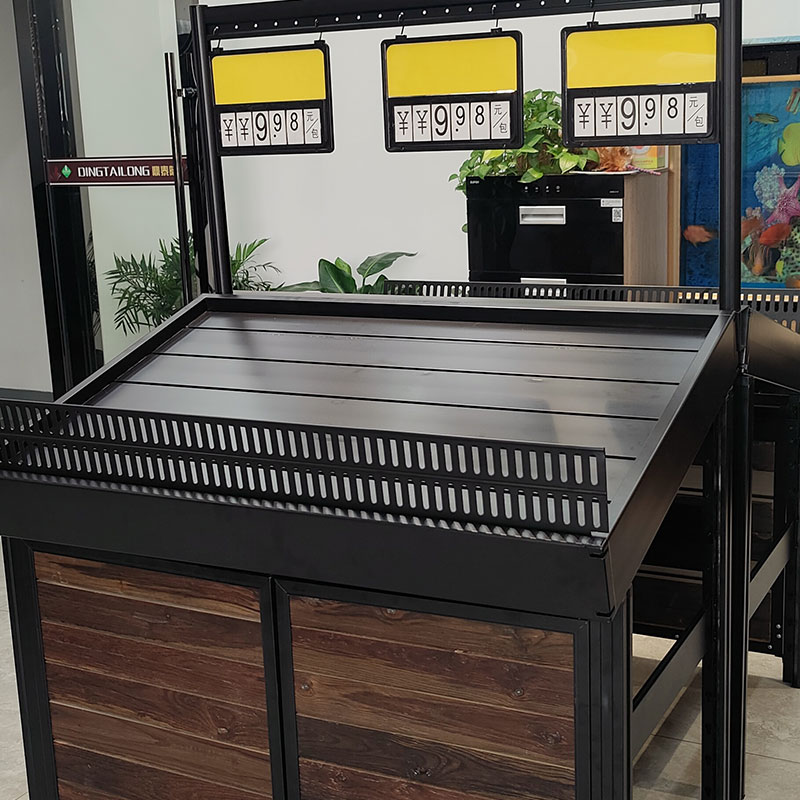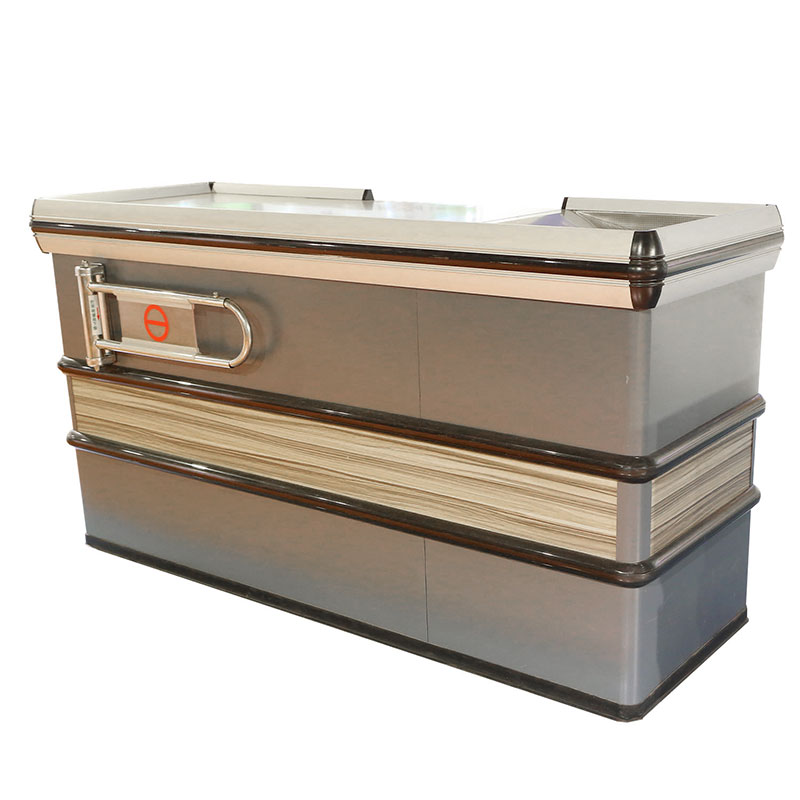Checkout counters, also known as cash wraps or cash registers, are an essential component of retail environments where transactions take place. They serve as a designated area where customers can make payments for their purchases and complete the checkout process. Checkout counters can be classified based on various factors, including design, functionality, and location. Here are some common classifications of checkout counters:
Traditional Checkout Counters:
Single-Sided: These checkout counters have a single customer-facing side where the cashier operates the register and interacts with the customer. The counter may have a conveyor belt or a flat surface for placing items to be scanned or bagged.
Dual-Sided: Dual-sided checkout counters have customer-facing sides on both ends, allowing for multiple cashiers to process transactions simultaneously. This design is common in larger stores with high checkout volumes.
Self-Checkout Counters:
Self-service or Self-checkout counters enable customers to scan and pay for their purchases independently, without the assistance of a cashier. These counters feature touchscreen displays, barcode scanners, and payment terminals, allowing customers to complete the checkout process on their own.
Mobile Checkout Counters:
Mobile checkout counters are portable and can be moved to different areas within a store. These counters often feature wheels or casters for easy mobility. Mobile checkout counters are useful for pop-up shops, temporary retail spaces, or stores with flexible layouts.
Express Checkout Counters:
Express checkout counters are designed for quick and efficient transactions, primarily for customers with a limited number of items. These counters typically have a smaller size, allowing for faster processing and reduced wait times.
Specialty Checkout Counters:
Specialty checkout counters are tailored to specific retail needs or store formats. Examples include:
Pharmacy Counters: These checkout counters are designed for pharmacies, featuring additional storage compartments for medications and specialized equipment like pill counters or prescription scanners.
Deli or Bakery Counters: These counters may have refrigerated or heated display cases to showcase food items. They often include a weighing scale and additional space for packaging.
Ergonomic Checkout Counters:
Ergonomic checkout counters are designed with consideration for cashier comfort and efficiency. They feature adjustable height options, allowing cashiers to work at a comfortable level. Ergonomic counters may also include features like anti-fatigue mats, optimal placement of scanning and payment devices, and easy access to supplies.
Drive-Thru Checkout Counters:
Drive-thru checkout counters are primarily found in fast-food restaurants or pharmacies, enabling customers to complete transactions without leaving their vehicles. These counters often feature intercom systems, payment terminals, and order pickup windows.
Hybrid Checkout Solutions:
Some modern checkout counters combine traditional cashier-operated lanes with self-checkout kiosks. These hybrid solutions offer flexibility by accommodating both cashier-assisted and self-service transactions within the same counter system.
Meanwhile,Here is a general outline of the structure of checkout counters:
Counter Surface: The main component of a checkout counter is the flat surface where the transaction takes place. This surface is typically made of durable materials such as wood, laminate, or stone. It provides a sturdy and stable platform for placing items, scanning barcodes, and conducting transactions.
Cash Register or Point of Sale (POS) System: Positioned on the counter surface, the cash register or POS system is the central device used by cashiers to process transactions. It includes a cash drawer for storing money, a barcode scanner for scanning product codes, a display screen for transaction details, and a keyboard or touchpad for entering data. Modern POS systems may also incorporate touchscreens, receipt printers, and electronic payment terminals.
Bagging Area: Adjacent to the counter surface, checkout counters often have a designated bagging area. This area provides space for cashiers to place scanned items and bag them for customers. It may include a conveyor belt or a flat surface where items can be easily accessed and organized.
Customer-Facing Side: The front side of the checkout counter is designed for customers' interaction. It usually features a raised edge or separator to keep items separate and prevent them from falling off the counter. This side often includes a customer-facing display that shows the transaction total and prompts customers for payment.
Cashier Side: The opposite side of the checkout counter is dedicated to the cashier's workspace. It typically includes a lower countertop or desk where the cashier operates the cash register or POS system. This area may have storage compartments for supplies, such as barcode labels, receipt paper, pens, and other essential items.
Undercounter Storage: Checkout counters often include storage space beneath the counter surface. These storage areas provide cashiers with convenient access to additional stock, shopping bags, or other items needed during the checkout process. The undercounter storage may consist of shelves, drawers, or cabinets.
Security Features: Checkout counters may incorporate security features to prevent theft or unauthorized access. These features can include cash drawer locks, security cameras, and anti-shoplifting devices like electronic article surveillance (EAS) systems.
Ergonomic Considerations: Some checkout counters are designed with ergonomic considerations to enhance cashier comfort and efficiency. These features may include adjustable height options, footrests, and anti-fatigue mats to reduce strain during long hours of standing.



 English
English русский
русский Deutsch
Deutsch Español
Español 中文
中文